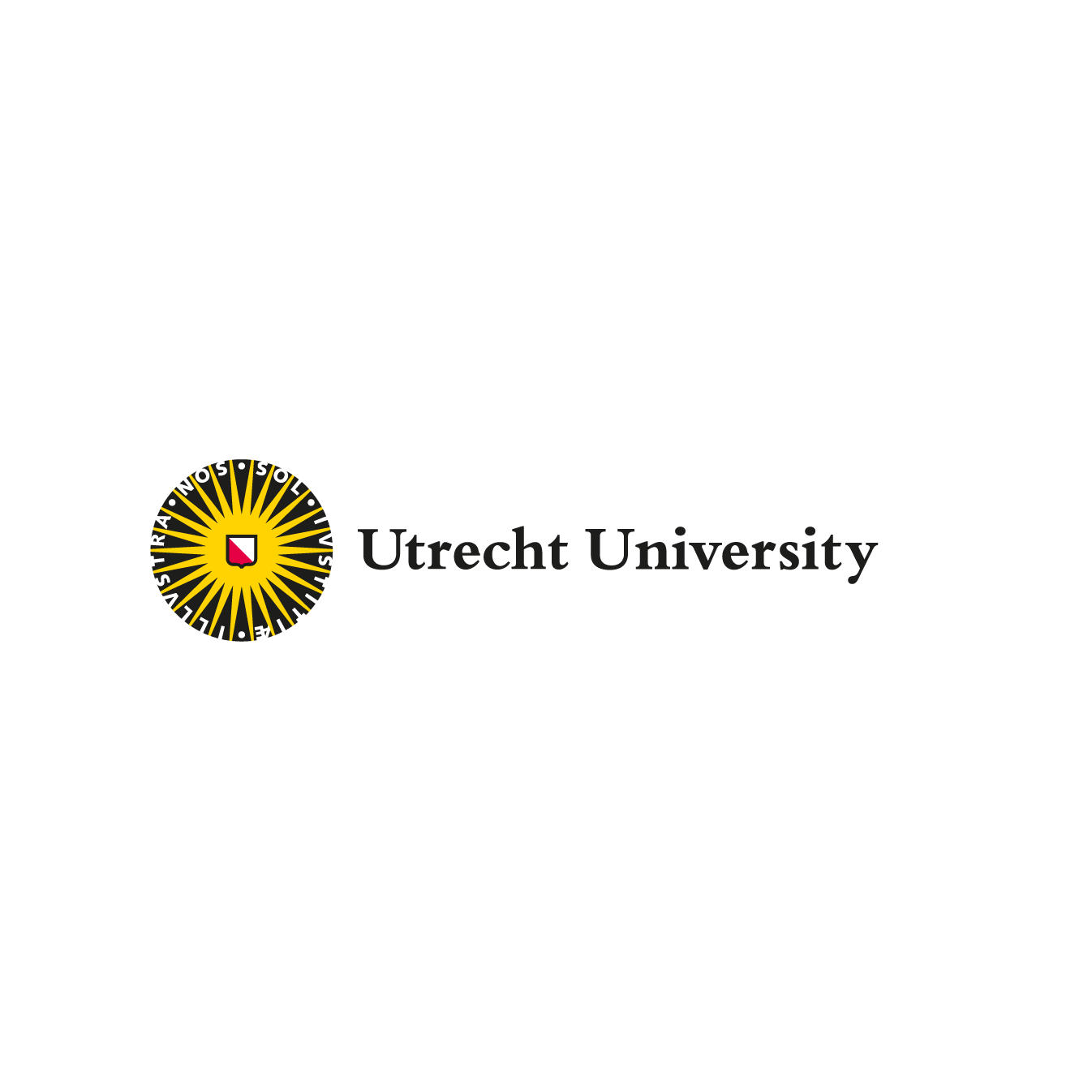After years of frustration in Groningen, based on a communal bottom-up approach the Community Pool Dock was created. This neighbourhood having a water centre, implemented aqua thermal energy and shared its energy supply symbolises a shift from state led power towards decentralised autonomy. The water is the connecting factor for this community building for an inclusive society.
After years of frustration in Groningen, based on a communal bottom-up approach the Community Pool Dock was created. This neighbourhood having a water centre, implemented aqua thermal energy and shared its energy supply symbolises a shift from state led power towards decentralised autonomy. The water is the connecting factor for this community building for an inclusive society.
After years of frustration in Groningen, based on a communal bottom-up approach the Community Pool Dock was created. This neighbourhood having a water centre, implemented aqua thermal energy and shared its energy supply symbolises a shift from state led power towards decentralised autonomy. The water is the connecting factor for this community building for an inclusive society.
Defeats as cause for a movement
After WWIII, the spirits of the Dutch citizens had reached its lowest. The economy had plummeted, and the crash of the natural gas infrastructure caused a feeling of defeat for many people. The state was at its weakest and was no longer stable enough to ensure energy provision for the nation. This created a window of opportunity for the citizens in Groningen. They had long suffered the burden of the natural gas economy from the 1970s to 2030s, with damaged houses from earthquakes. These events led to a movement of youth activists in Groningen from 2035-2040. They installed aqua-thermal energy systems for communities of houses that were near a water source. The movement started by connecting one neighbourhood to a nearby lake, and another neighbourhood to a canal. Soon enough this movement took off throughout the whole of Groningen, one neighbourhood at a time. The people felt like these shared water sources gave them independence and autonomy from the state. More important, it gave them a feeling of community again.
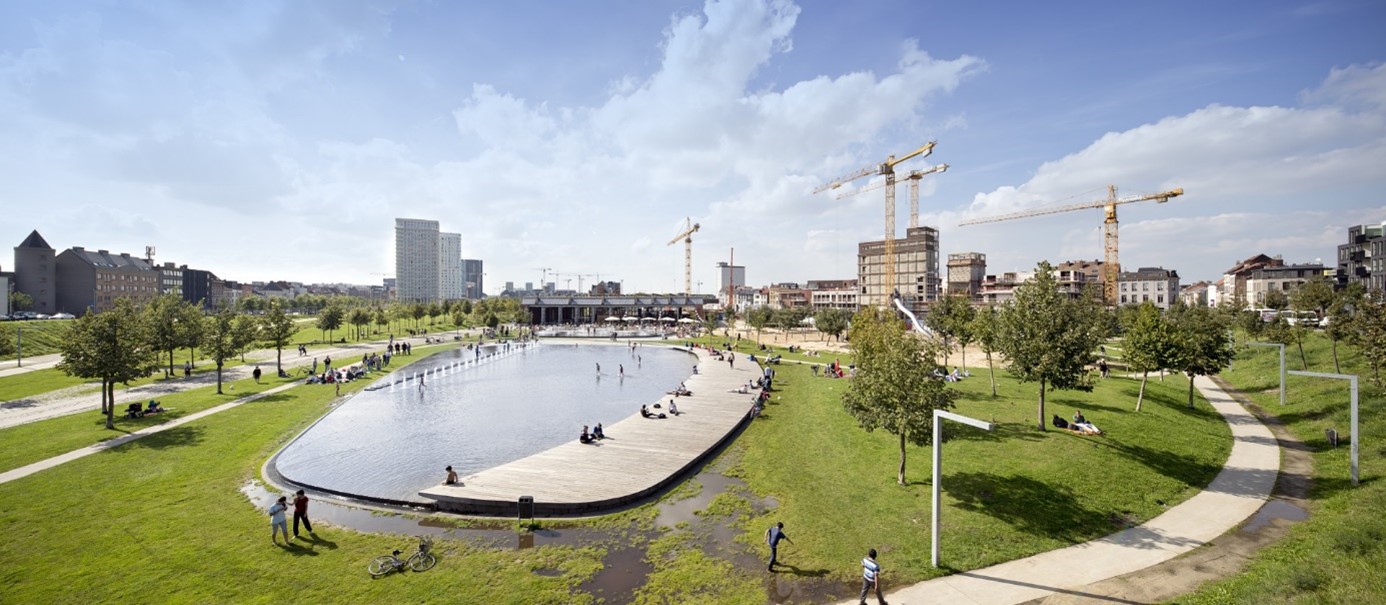
Park Spoor Noord in Antwerp
Saskia Drukker
One person who is a representation of this period of community building is Saskia Drukker. She was living in Zeehelden, Groningen when her neighbourhood connected to the nearby river for
aqua-thermal energy. She felt the connection with the water and wanted to share this with her neighbours. She decided to gather her neighbours together to build a dock on the river. Once this dock was built, the neighbours of Zeehelden started coming more often to the water to talk with each other and start neighbourhood activities. The success of the Zeehelden dock was published in the newspapers and became an example for all other neighbourhoods in Groningen.
The community pool dock would become a standard feature in many neighbourhoods with aqua-thermal energy.
Creating an inclusive community
The rise of the Community Pool Docks in Groningen during the 2040’s represents a moment when citizens wanted to make a 180 degrees turn in their ways of living. It was a movement, moving away from an individualistic lifestyle. The citizens noticed that their individualistic lifestyle caused damage not only to the environment through carbon emissions, but also caused ruptures in their houses, and ruptures within the community. After the damage caused by WWIII, people longed to come together as communities to support one another. Collective energy provision through
aqua-thermal energy was the starting point. Various neighbourhoods in Groningen began centring around collective water sources to obtain energy through a natural and unharming process. The use of common water sources brought neighbourhoods together as they relied on a shared energy source. This sharing of energy translated into a deeper sense of sharing within a community. People slowly began centring their attention and their daily activities around their shared water pool. Neighbours that usually never interacted, suddenly had a common feature between them. The sharing of water sources between communities was pivotal in created closely stitched communities.
To enhance the community spirit around the water sources, neighbourhoods began implementing Community Docks for the residents to spend their time for leisure. Children would often swim in the pools, and neighbours would meet at the water docks for friendly chats and planned activities. In some cases, these natural water pools helped people to connect to their natural surroundings and provided a sense of peace and calm. The water became a gravitational point for communities.
Changing spatial planning approaches
With this newly found importance of water sources, which provides communal energy supply to neighbourhoods, a shift in urban planning took place. A grid layout for neighbourhoods with hidden infrastructures to supply energy to each house individually, was cast aside. The water for aqua-thermal energy provision to a network of houses had to be a prominent feature in the urban landscape. Neighbourhoods were actively planned around a common water source. As a result, the urban landscape became acupunctured with communities living around a shared water source.
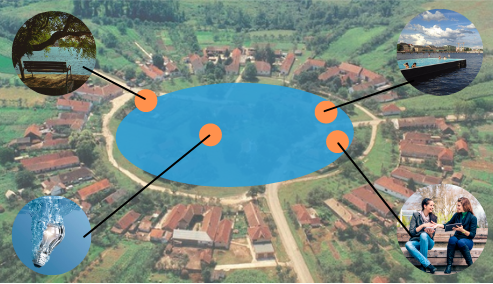
Future community pool dock
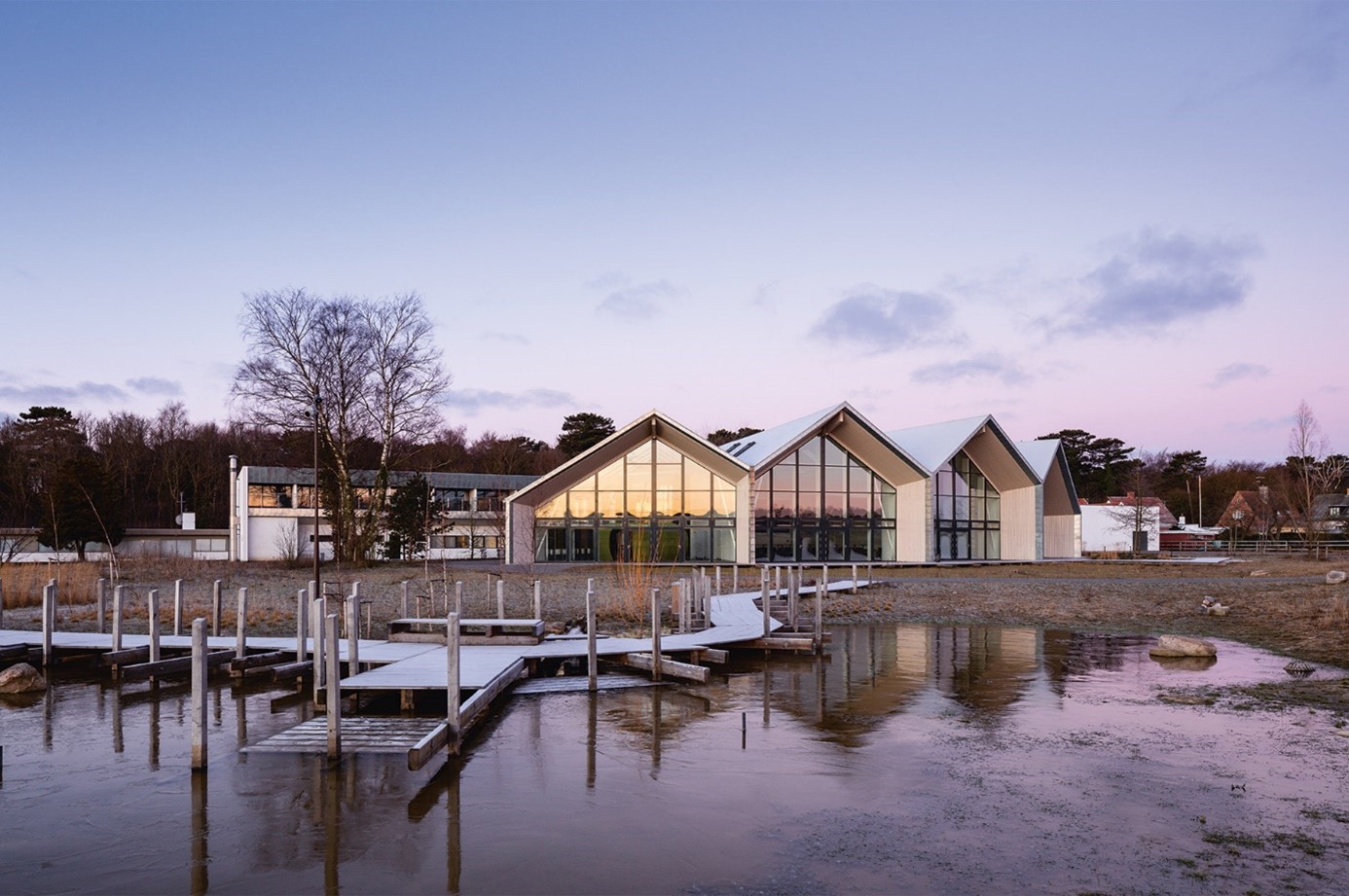
Sustainable living next to water

Pool Dock in Copenhaegen
The community pool decks show the sense of community that was built around the energy transition using aqua-thermal energy. It depicts how the way in which households gain their energy translates into their behaviour. With the bottom-up rise of community water sources to supply local energy to
neighbourhoods, the sense of sharing and the connection through water built a keen sense of community. The implementation of aqua-thermal energy revived a hidden urge for collectiveness between people, and with nature. The community pool decks became a staple feature of people building connections with each other.
Curatorial Team
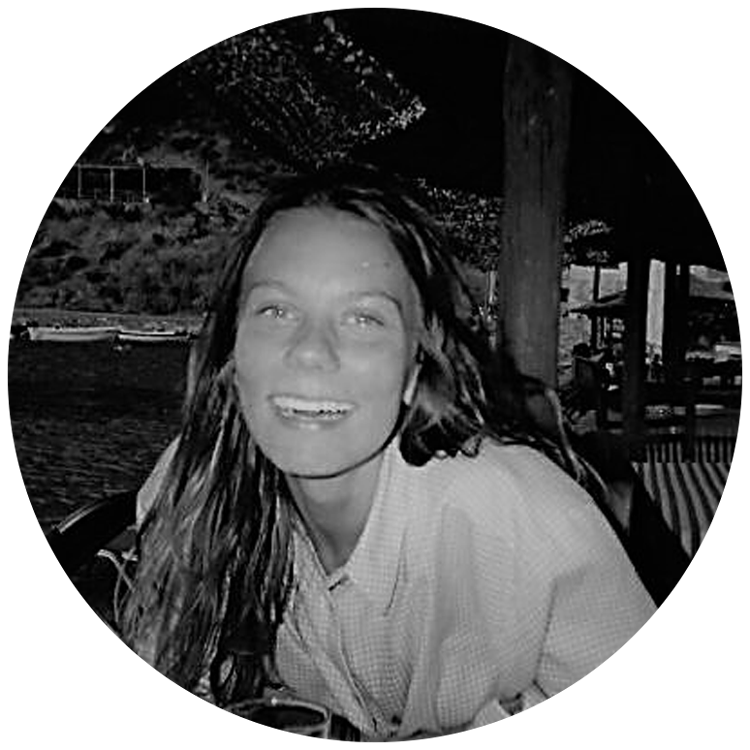
Charlotte Stijnen
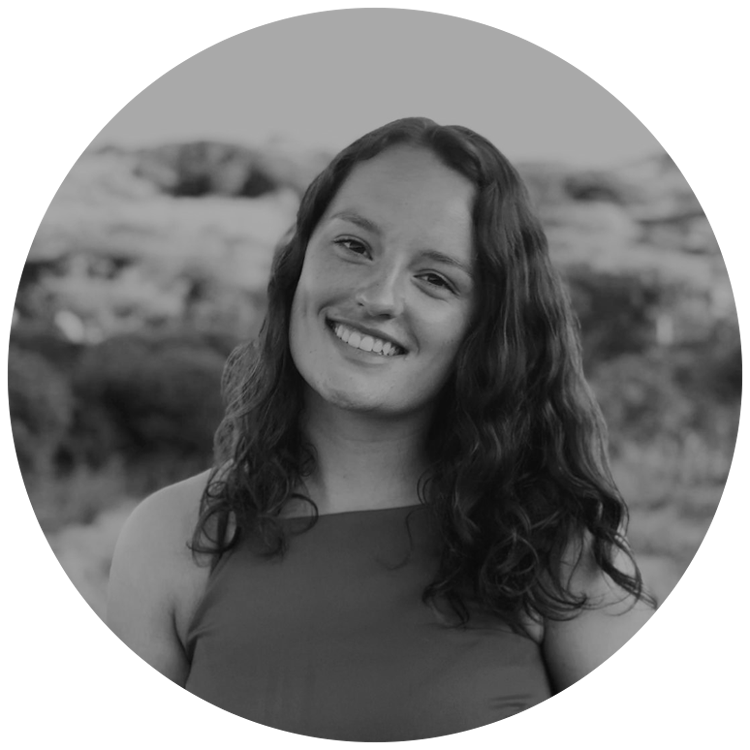
Anouk Peters
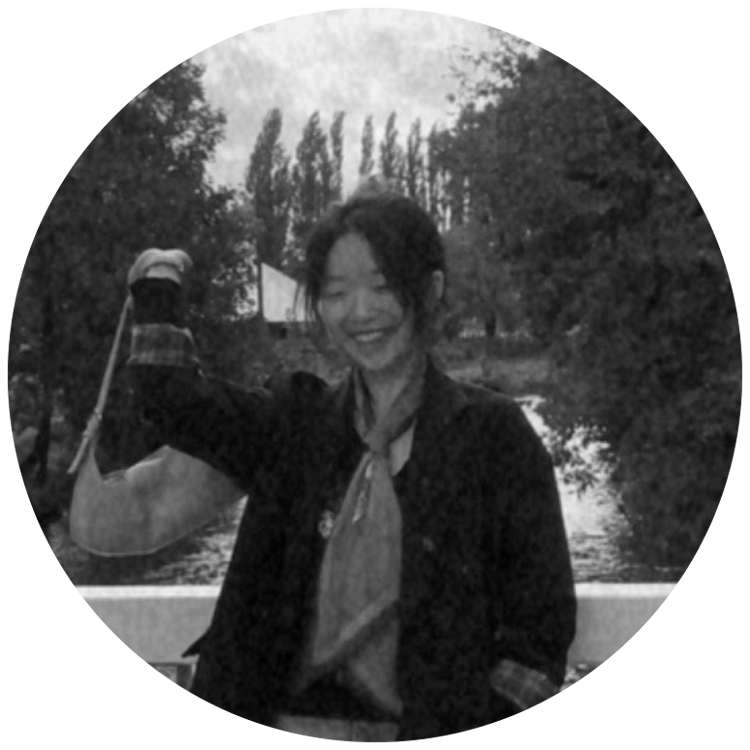
Yeumeng Wang
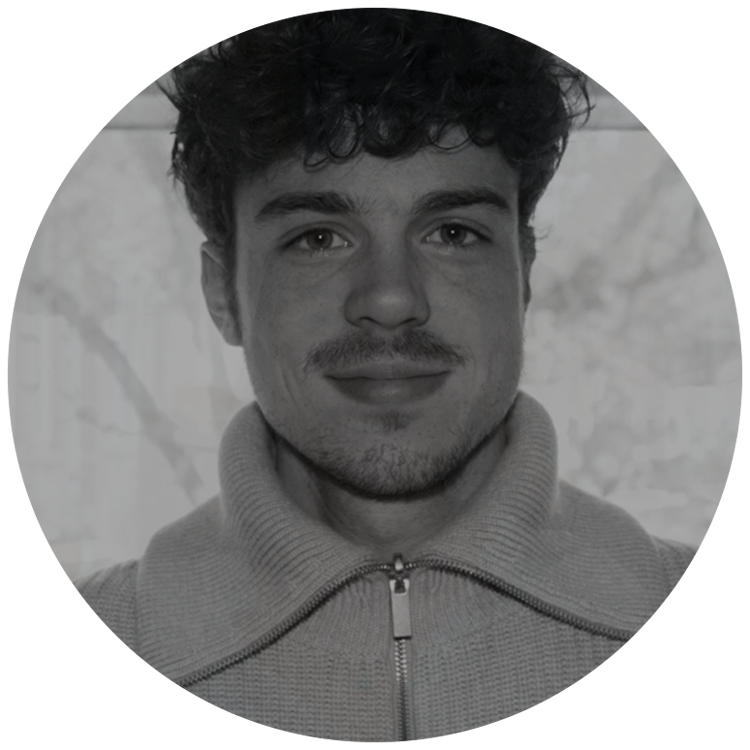
Lucas van Mierlo
The Museum for the Future is a project created by the Urban Futures Studio
